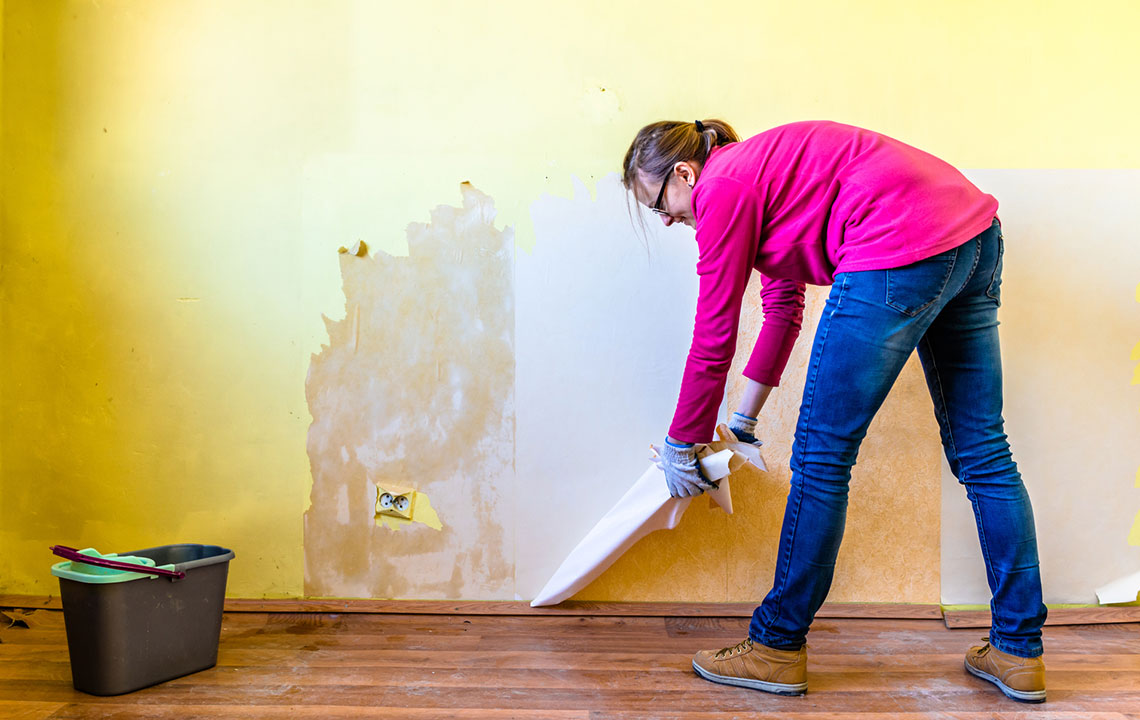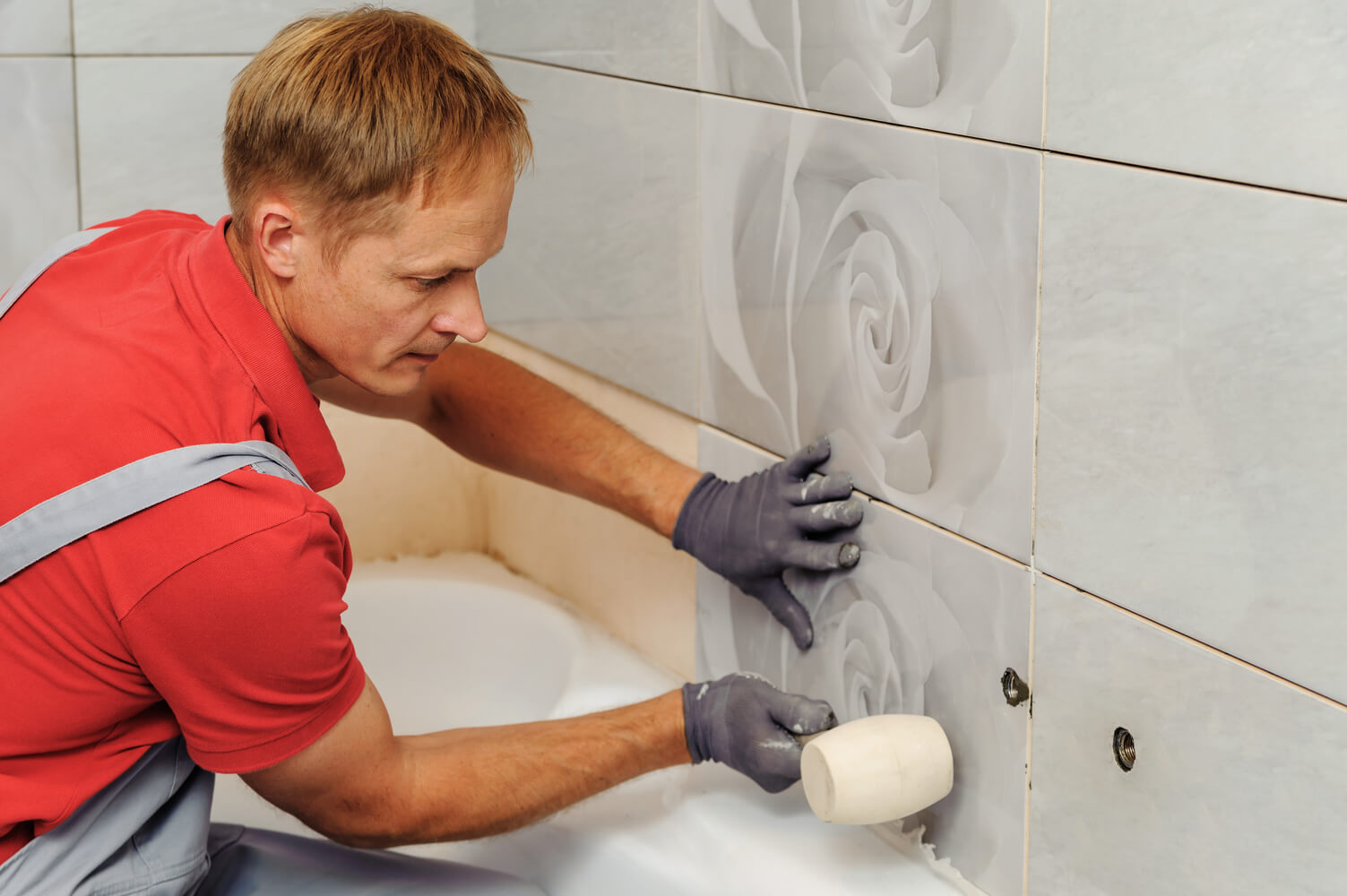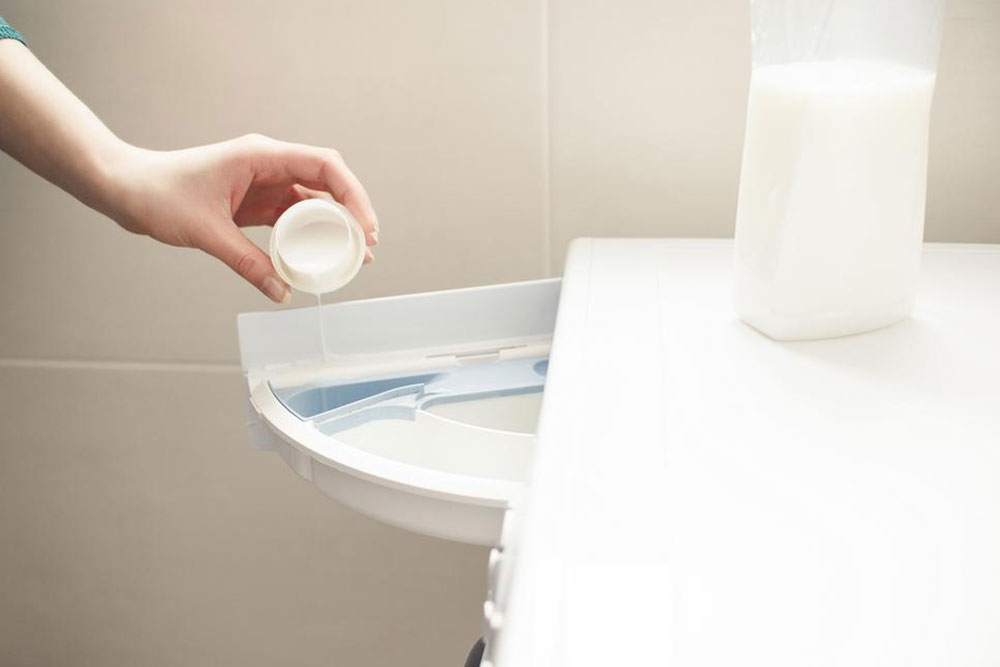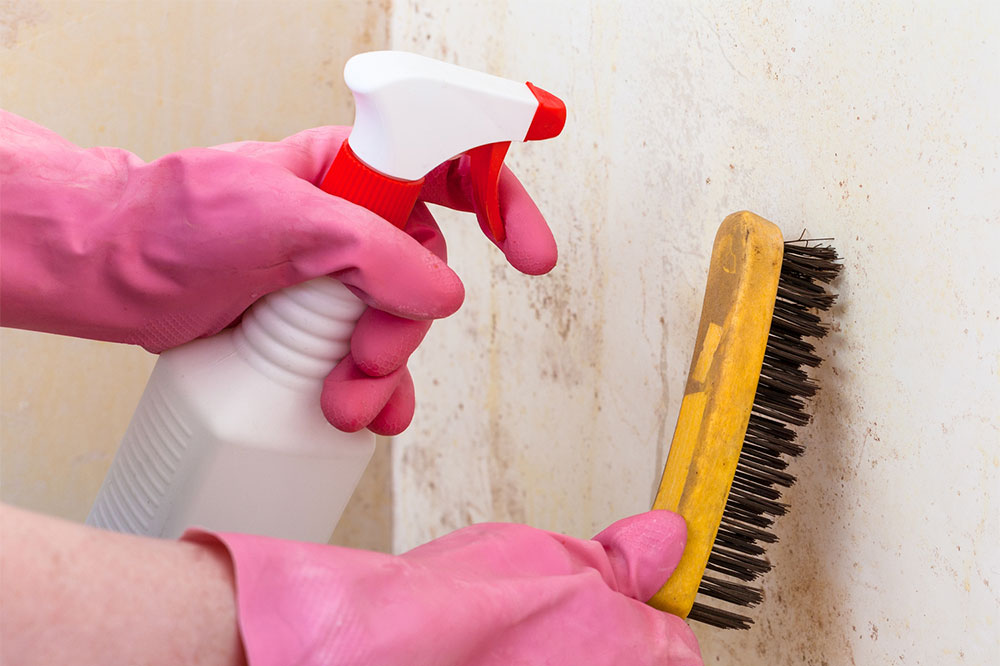Essential Tips for Effective Water Damage Restoration
Learn essential water damage repair tips to protect your property effectively. From drying out moisture to replacing damaged drywall and installing waterproof floors, these expert strategies help minimize damage and prevent mold growth. Acting quickly and correctly is key to maintaining your home's safety and value after water intrusion incidents.

Essential Tips for Effective Water Damage Restoration
Water intrusion can lead to substantial expenses and structural issues. It jeopardizes your belongings and living space. Prompt action is crucial to reduce or prevent extensive harm. Here are some key water damage repair strategies:
Eliminate Excess Moisture
Removal of moisture is vital. Even minor leaks can cause mold growth over time. Utilize powerful dehumidifiers and fans to dry affected materials thoroughly before deterioration worsens.
Discard Porous Items
Materials like fabric wall coverings, insulation, and carpets that absorb water should be discarded if extensively damaged. They retain moisture, fostering mildew and mold growth. Alternatively, isolate and dry these items separately to prevent further issues.
Identify Water Types
Rainwater, condensation, and leaking pipes pose different levels of risk. Regular cleanup minimizes damage. Gray water from appliances is somewhat contaminated, whereas black water from sewage or floods contains hazardous waste, bacteria, and toxins. Professional cleanup is recommended for black water contamination.
Install Waterproof Flooring
Damage to carpets or wallpaper suggests water has penetrated underlying surfaces. Swollen baseboards or damp ceilings indicate trapped moisture. Consider installing durable, sealed floors such as vinyl, ceramic tiles, or engineered wood to prevent future water-related damage.
Replace Damaged Drywall
Drywall that swells or sags more than 3/8 inch typically needs replacement. Repair by removing the affected section or replacing the entire sheet to ensure safety and integrity.










